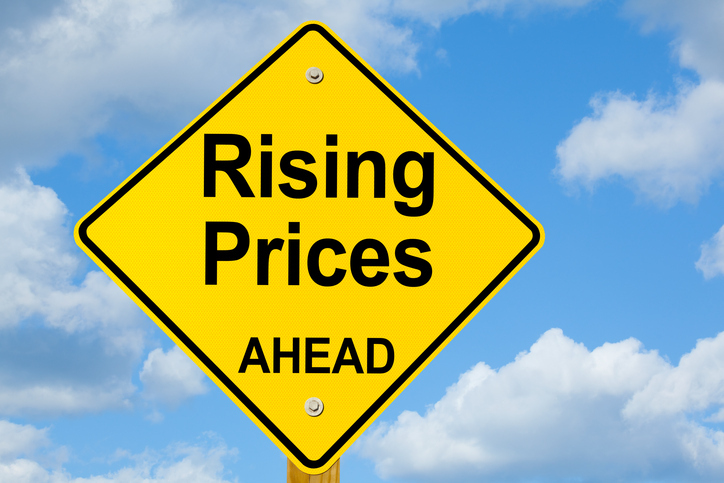In the wake of the COVID-19 pandemic, small businesses have faced numerous challenges, including supply chain disruptions and fluctuating consumer demand. One key aspect that impacts both businesses and consumers is pricing. However, recent data indicates a notable shift in this regard. This article delves into the latest trend of small businesses reducing their price increases, reaching the lowest level since March 2021.
Understanding Small Businesses’ Pricing Strategies
Pricing strategies play a critical role in the success of small businesses. They need to strike a balance between profitability and attracting customers. Understanding the factors that influence pricing decisions provides insights into the recent shift observed.
Factors Influencing Pricing
Small businesses consider various factors when setting prices. These include production costs, competition, customer demand, market conditions, and supply chain disruptions. During periods of uncertainty, such as the post-pandemic recovery phase, these factors can significantly impact pricing strategies.
Balancing Profitability and Customer Satisfaction
Small businesses aim to maximize profits while ensuring customer satisfaction. Setting prices too high can drive customers away, while setting them too low can undermine profitability. Striking the right balance is crucial for long-term sustainability and growth.
The Decrease in Small Businesses Raising Prices
Recent data has shown a decline in small businesses raising prices, marking the lowest level since March 2021. This trend carries implications for both businesses and consumers.
Post-Pandemic Economic Landscape
The post-pandemic economic landscape is marked by a delicate recovery process. Many small businesses are still grappling with the aftermath of the pandemic and adjusting to the evolving market conditions. This cautious environment has influenced their pricing decisions.
Consumer Sensitivity
Consumers have become increasingly price-sensitive due to the economic uncertainties brought about by the pandemic. As a result, small businesses recognize the importance of maintaining competitive prices to retain customers and stimulate demand
Implications for Businesses and Consumers
The decrease in small businesses raising prices carries implications for both businesses and consumers, shaping their interactions in the marketplace.
Enhanced Competitiveness
Reduced price increases enhance the competitiveness of small businesses. By maintaining affordable prices, businesses can attract price-conscious customers and potentially gain market share. This can lead to increased sales volume and improved customer loyalty.
Consumer Benefits
Consumers benefit from small businesses lowering their price increases. It provides them with more affordable options and potentially improves their purchasing power. Lower price increases may also contribute to increased consumer confidence and overall economic recovery.
The recent trend of small businesses reducing their price increases represents a significant shift in the post-pandemic economic landscape. Understanding the factors driving this trend is essential for businesses and consumers alike. While small businesses aim to strike a balance between profitability and customer satisfaction, consumer sensitivity and the need for competitiveness shape their pricing decisions. As the economy continues to recover, monitoring these pricing strategies and their long-term effects becomes crucial for the sustainable growth of small businesses and the well-being of consumers.
